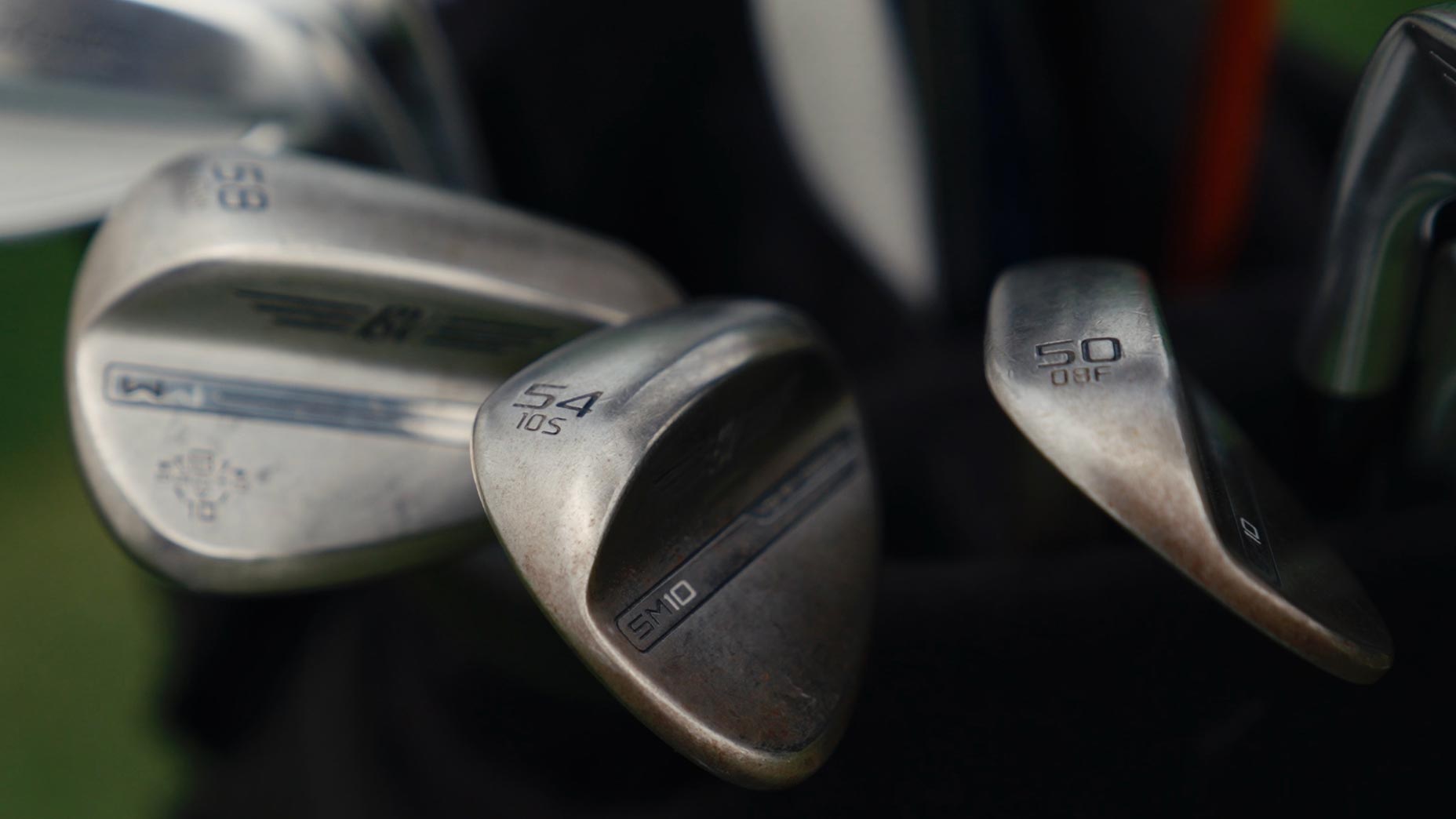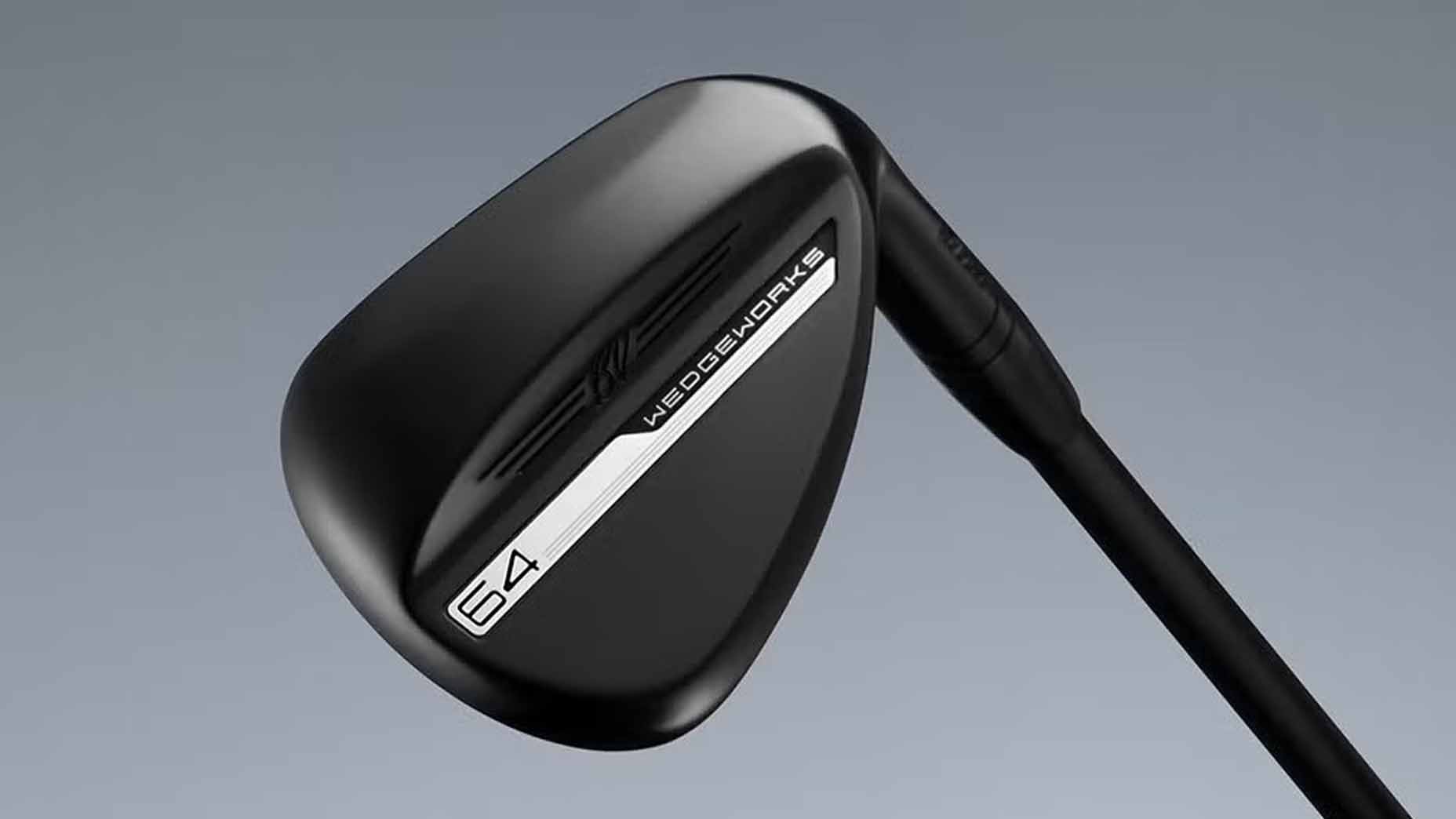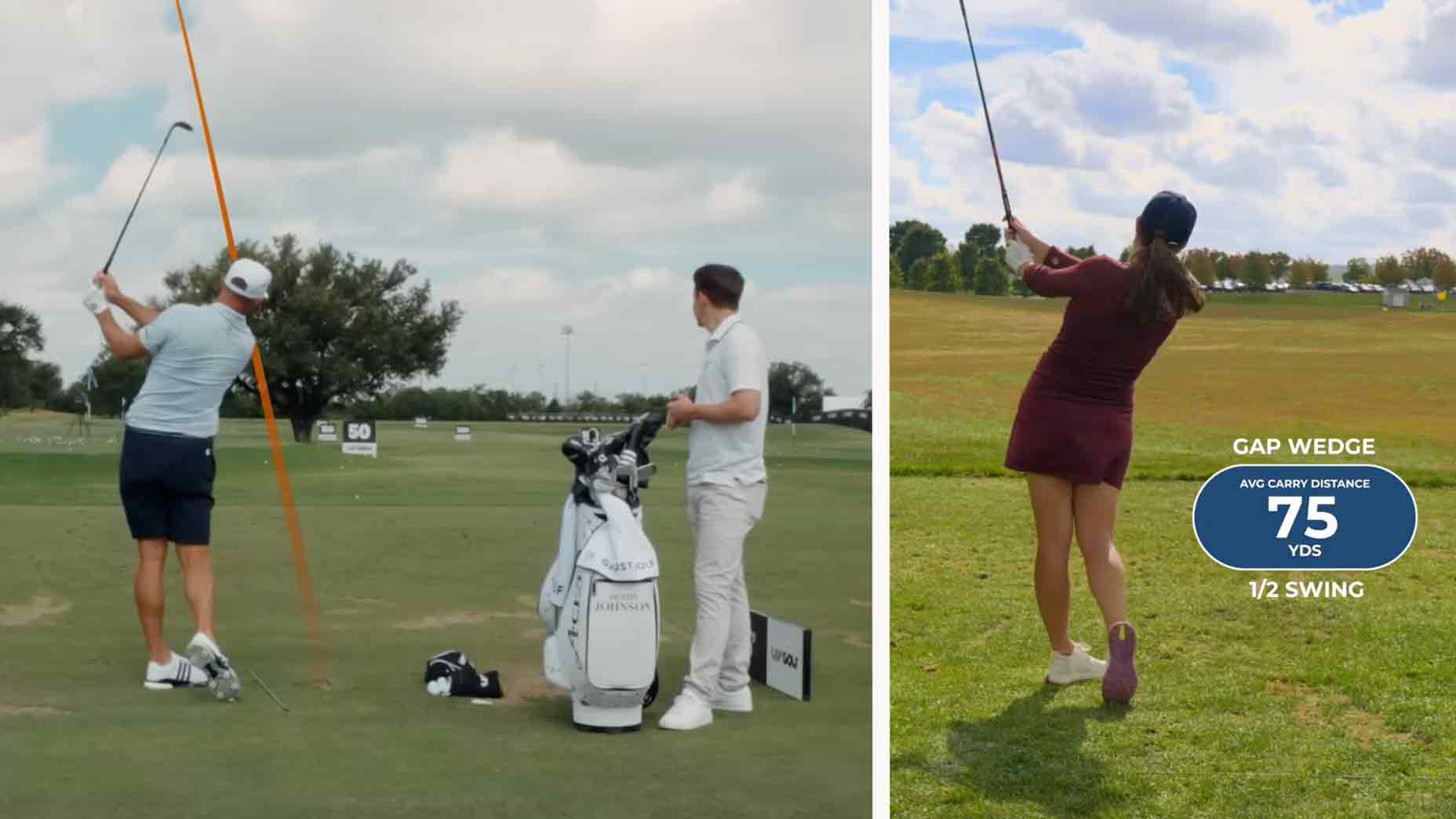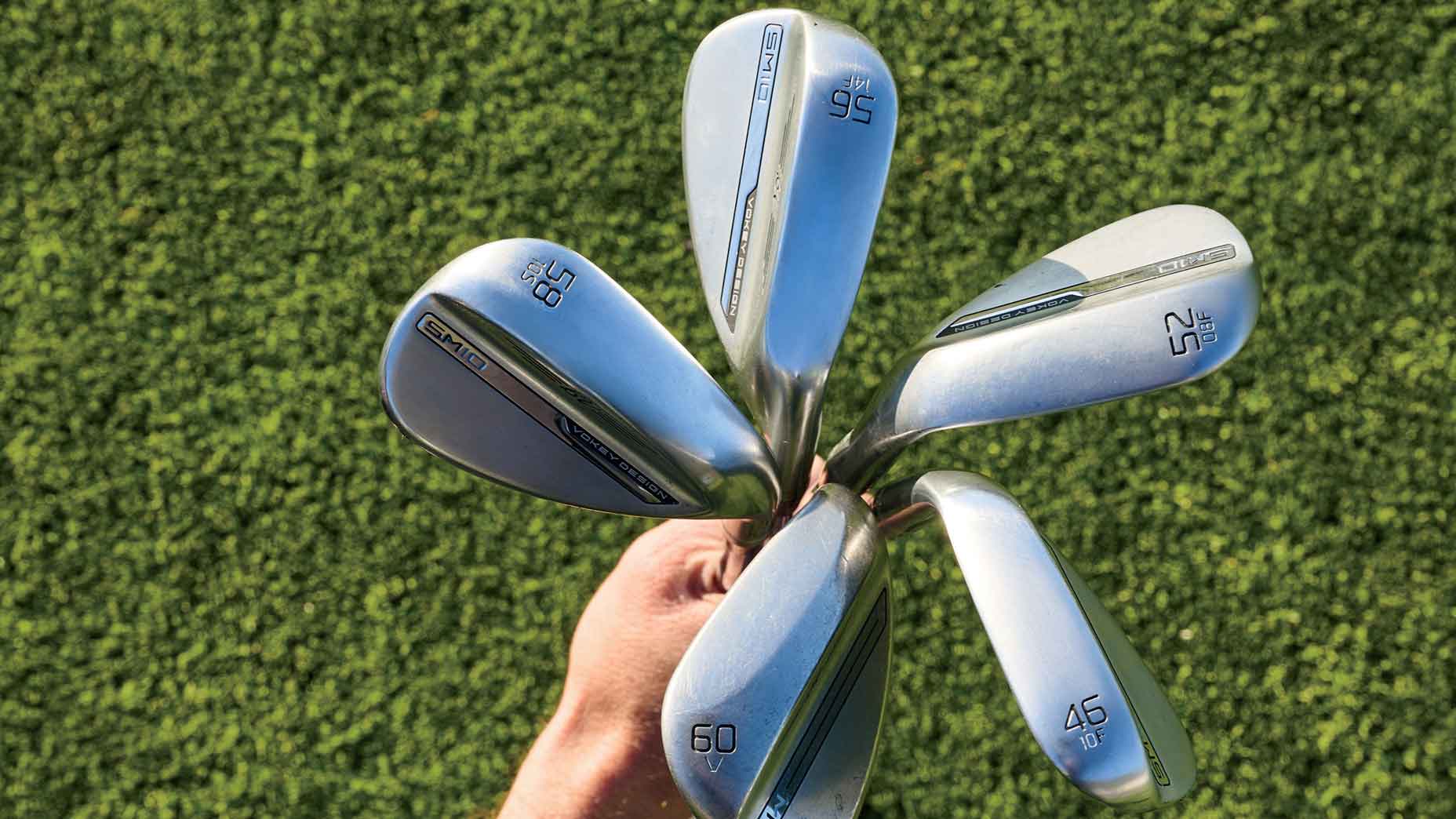Every major equipment manufacturer has released their 2023 wedge lineup. Now the work begins. If you’re in the market for new scoring tools, consider this guide a roadmap to tracking down some of the best potential options to complement your game.
To be clear, the goal of this guide is to highlight wedges that do certain things well. With the help of Golf Laboratories’ swing-robot, we’re able to whittle down the field and provide worthy options to test in the areas you need it most.
It’s up to you and a certified club-fitter to determine where you should go from there. Now let’s get to the results.
***
High launch
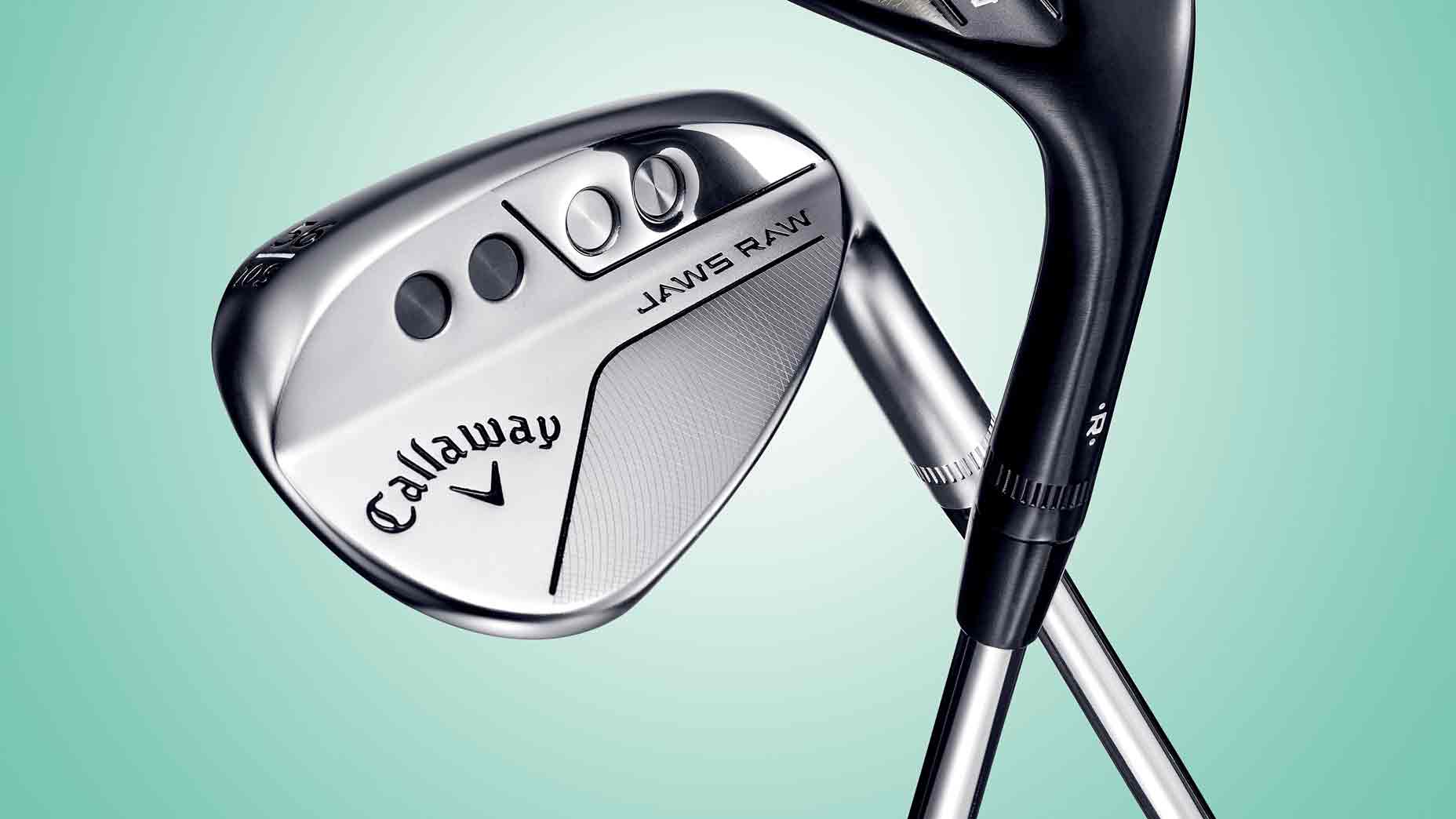
For our latest round of robotic testing, we analyzed 56-degree wedges at 80 mph using the same stiff-flex shaft and negative attack angle. We found a 3-degree delta from the highest-launching (Callaway Jaws Raw) to the lowest-launching (Mizuno S23). Finding the ideal launch window for your game is important through the bag, but it takes on extra significance the closer you get to the green. A sky-high launch is going to generate excess spin, which could be problematic on windy days.
Of course, if you struggle getting the ball in the air, increasing launch could make it easier to stop the ball on the green. That’s where these wedges become a possible consideration.
1. Callaway Jaws Raw (33.9 degrees)
BUY NOW ON FAIRWAY JOCKEY
2. Ping Glide 4.0 (32.6 degrees)
BUY NOW ON FAIRWAY JOCKEY
3. Cleveland RTX ZipCore 6 (32.1 degrees)
BUY NOW ON FAIRWAY JOCKEY
4. Cobra Snakebite (32 degrees)
BUY NOW ON FAIRWAY JOCKEY
Low launch
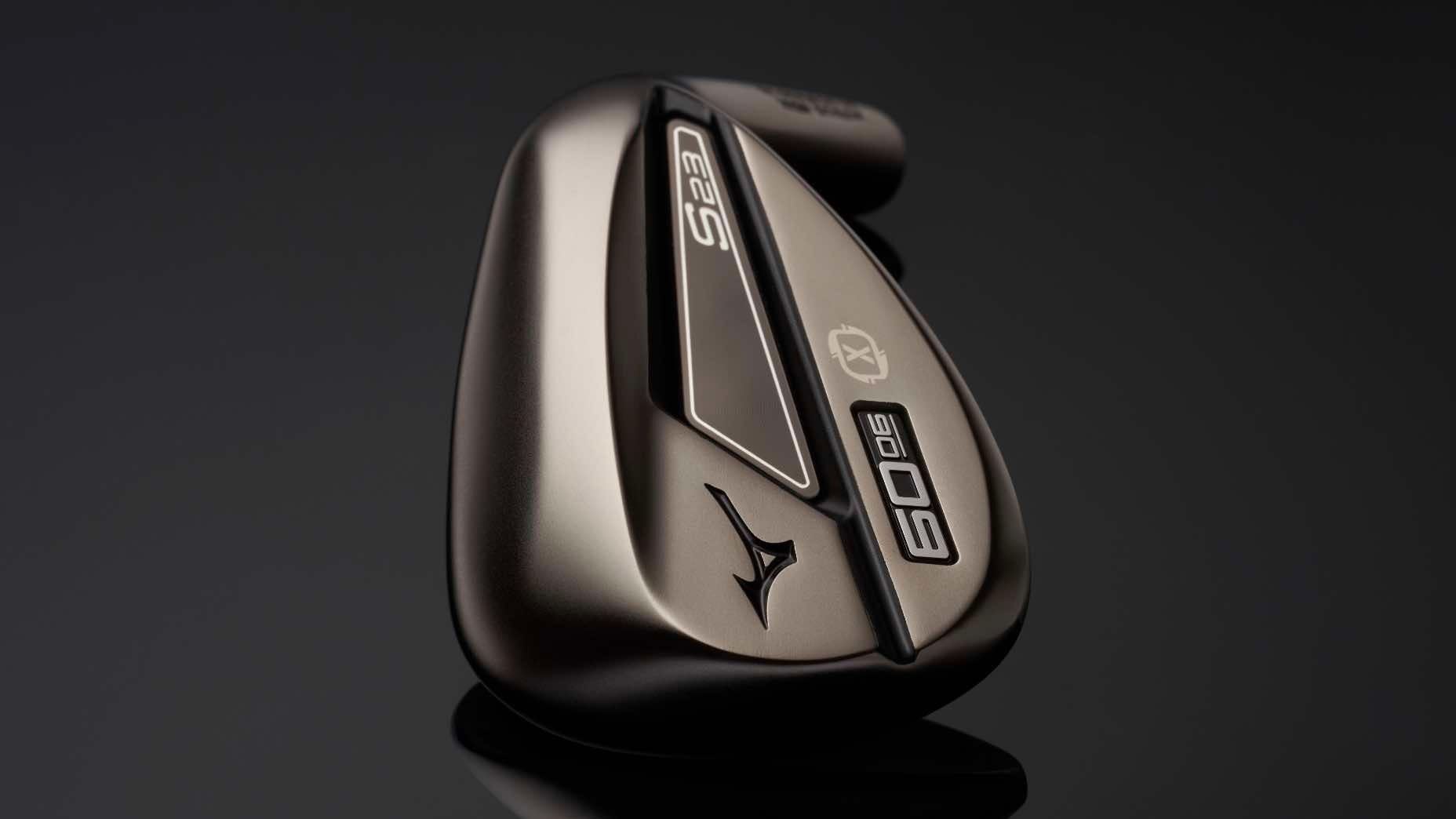
With several wedges utilizing a higher center of gravity in an attempt to lower launch, it’s possible to achieve more control than ever before. If you’re a golfer who finds it difficult to flight the ball under the wind, the four wedges listed should give you a fighting chance to lower your current launch angle and find a few more greens.
1. Mizuno S23 (30.8 degrees)
BUY NOW ON FAIRWAY JOCKEY
2. Titleist Vokey SM9 (31.4 degrees)
BUY NOW ON FAIRWAY JOCKEY
3. PXG 0311 Sugar Daddy II (31.4 degrees)
BUY NOW ON FAIRWAY JOCKEY
4. TaylorMade Milled Grind 3 (31.5 degrees)
BUY NOW ON FAIRWAY JOCKEY
Ball speed
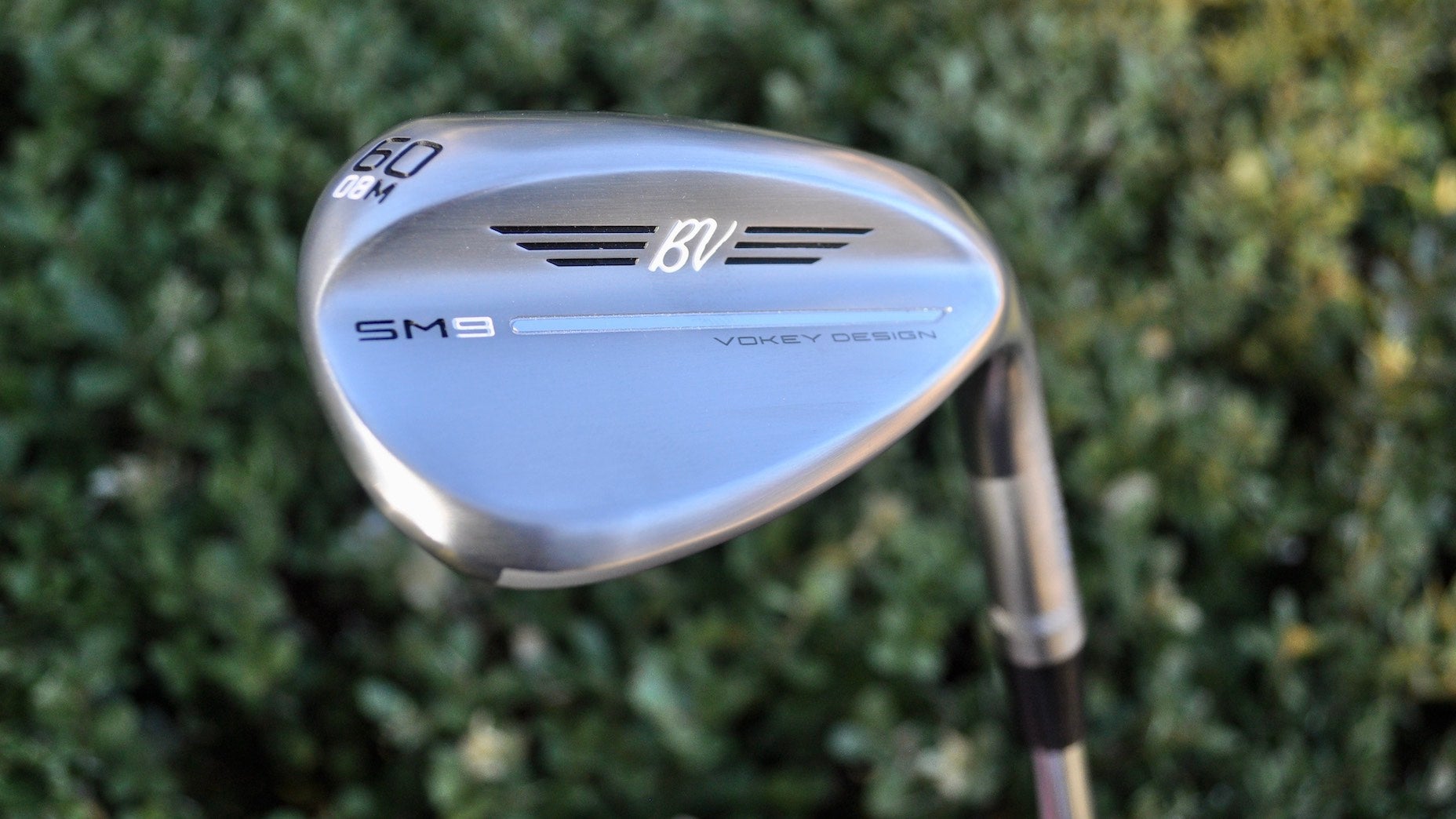
Wedges and ball speed don’t necessarily go together, but hear us out on this one. If you constantly find yourself manipulating loft to fill a gap, adding some ball speed is another potential way to optimize your wedge setup. As you’ll notice, a few of the wedges listed in the ball speed category also wound up producing some of the lowest recorded launch angles. It’s a reliable recipe for more speed, even in the scoring tools.
1. Mizuno S23 (83.6 mph geometric center strike)
BUY NOW ON FAIRWAY JOCKEY
2. Titleist Vokey SM9 (82 mph)
BUY NOW ON FAIRWAY JOCKEY
3. TaylorMade Milled Grind 3 (81.3 mph)
BUY NOW ON FAIRWAY JOCKEY
4. Cleveland CBX Full Face 2 (81.2 mph)
BUY NOW ON FAIRWAY JOCKEY
Spin rate
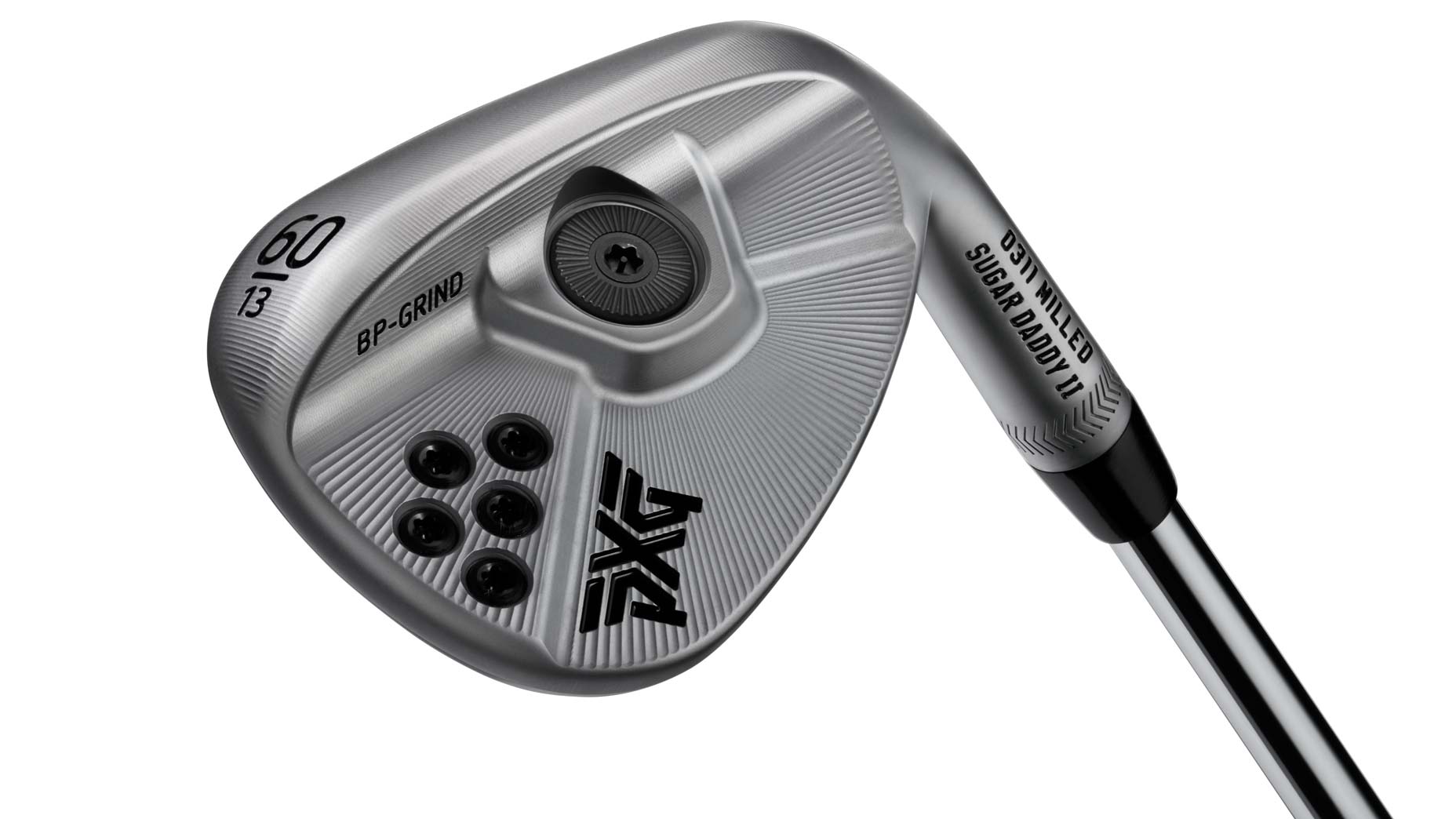
The numbers listed below will most benefit golfers on the slower end of the swing speed spectrum who struggle to generate enough spin on the course. Too little spin makes it difficult to hold the green — a problem older golfers tend to deal with. The good news is a wedge can help you can some additional zip, and then some. At 80 mph (the robot’s swing speed), we saw a couple of wedges top 11,000 RPMs during testing. That should be music to the ears of spin-deficient golfers.
1. PXG 0311 Sugar Daddy II (11,414 RPMs)
BUY NOW ON FAIRWAY JOCKEY
2. Ping Glide 4.0 (11,121 RPMs)
BUY NOW ON FAIRWAY JOCKEY
3. Cleveland CBX Full Face 2 (10,851 RPMs)
BUY NOW ON FAIRWAY JOCKEY
4. Cobra Snakebite (10,732 RPMs)
BUY NOW ON FAIRWAY JOCKEY
Carry
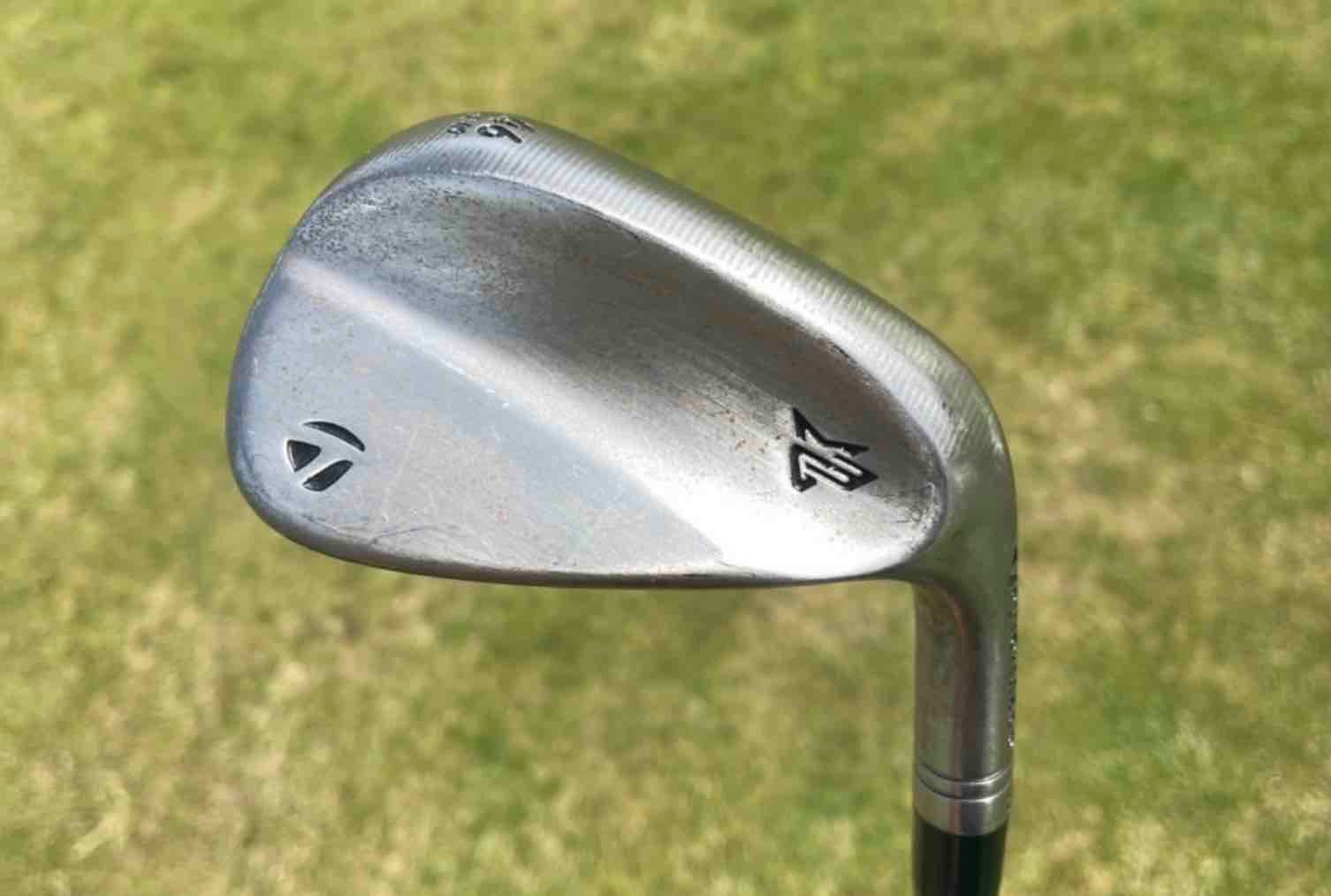
As expected, the three wedges with the lowest recorded launch angles and ball speeds wound up topping the list in overall carry distance. If you’re looking for a wedge set that adds a few yards, it’s important to analyze loft gaps during testing to ensure you don’t have any “holes” in the setup when you hit the course.
1. Mizuno S23 (97.5 yards)
BUY NOW ON FAIRWAY JOCKEY
2. Titleist Vokey SM9 (95.6 yards)
BUY NOW ON FAIRWAY JOCKEY
3. TaylorMade Milled Grind 3 (94 yards)
BUY NOW ON FAIRWAY JOCKEY
4. Cleveland CBX Full Face 2 (93.4 yards)
BUY NOW ON FAIRWAY JOCKEY
Want to overhaul your bag for 2023? Find a fitting location near you at True Spec Golf.


